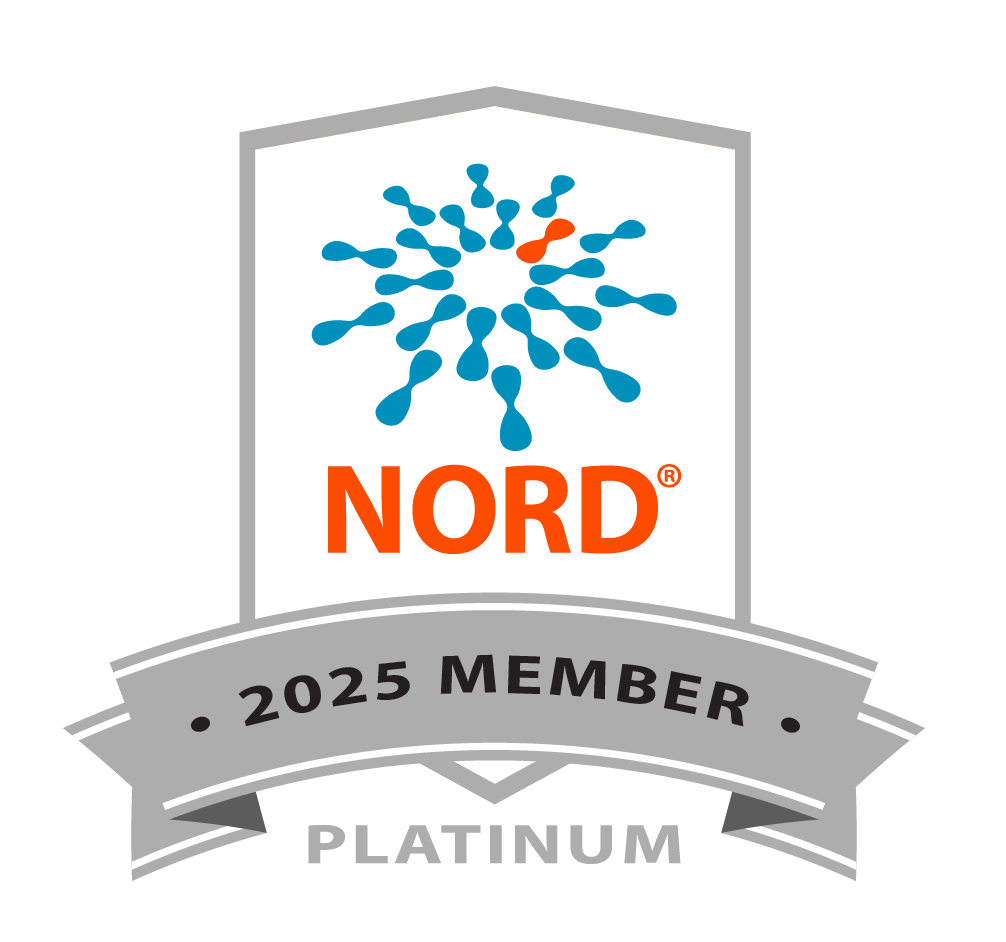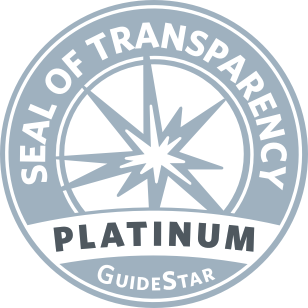14th Annual San Diego VisionWalk
Sunday, October 24th, 2021, 9:00 AM (PDT)
Location
Chula Vista Elite Athlete Training Center
2800 Olympic Parkway
Chula Vista, CA 91915
RSVP
Register Today9:00 a.m. – Registration
10:00 a.m. – Stage Presentation
10:15 a.m. – VisionWalk Begins






